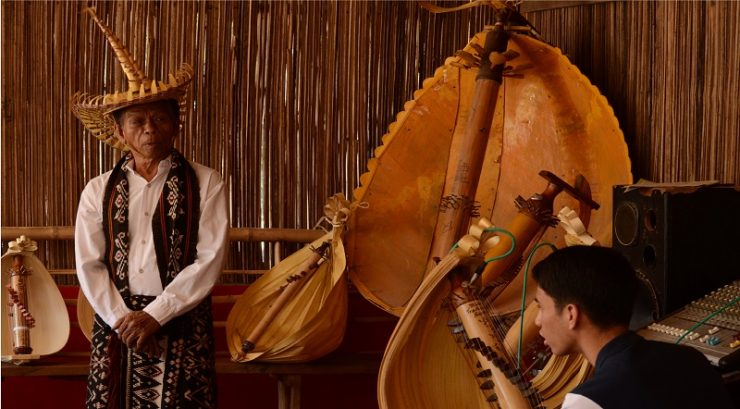A FEW DAYS ago, the Indonesian people were again shocked by the news that the Sasando musical instrument was claimed as the property of the Sri Lankan state. According to information, Sri Lanka applied for ownership of this traditional musical instrument from Rote Island at the World Intellectual Property Organization (WIPO).
This then drew criticism and criticism from various parties. Lecturer of Indonesian Literature, University of Indonesia, Daniel Hariman Jacob, for example, assesses the negligence of the local government as the cause of the ‘miss’ that occur again. Previously, Songket was also designated by UNESCO as an Intangible Cultural Heritage of Malaysia.
“Sasando is native to Indonesia, actually from palm trees in East Nusa Tenggara (NTT), the government must immediately register Sasando, don’t be fooled again because this is the identity of the people of NTT,” said Daniel Thursday (12/30).
Quoting from kompas.com, Tuesday (12/28), it was reported that the NTT government is currently trying to restore Sasando as the intellectual property right of the Rote Ndao community. Sasando, or Sasandu (Rote’s language), is a musical instrument belonging to the Rote people who have become the identity of the people on Rote Island, East Nusa Tenggara (NTT).
Daniel said there might be similarities between the musical instruments claimed by Sri Lanka and the original Sasando of Indonesia. However, the Sasando, which is made of palm leaves, is a musical instrument made by the ancestors of the NTT people.
“Made from palm trees and leaves, Sasando really describes the nature of Rote Island which is rich in this plant. Art adapts to the nature where the art originates, so that art and culture will be in accordance with the environment,” explained Daniel.
He added, the people of Rote Island consider palm trees as the raw material for making Sasando their source of life. From palm trees, the people of Rote can tap nira or sap which is the raw material for making palm wine and sugar.
In fact, when harvesting nira or sap, the people of Rote first perform rituals and pray, so that they can use the lontar harvest properly. The abundance of palm trees was also used by the ancestors of the Rote community to create the worldwide Sasando musical instrument.
Such is the importance of the existence of the palm tree which has been integrated into the people of Rote. That way, it can be said that Sasando has truly become the identity of the cultural heritage of the NTT people.
“The government must be proactive, move quickly to register it. Don’t let us lose this cultural identity, don’t let Sasando artists disappear because this musical instrument is claimed by another country,” Daniel finished. [kompas.com/photo traveltext.id]
















